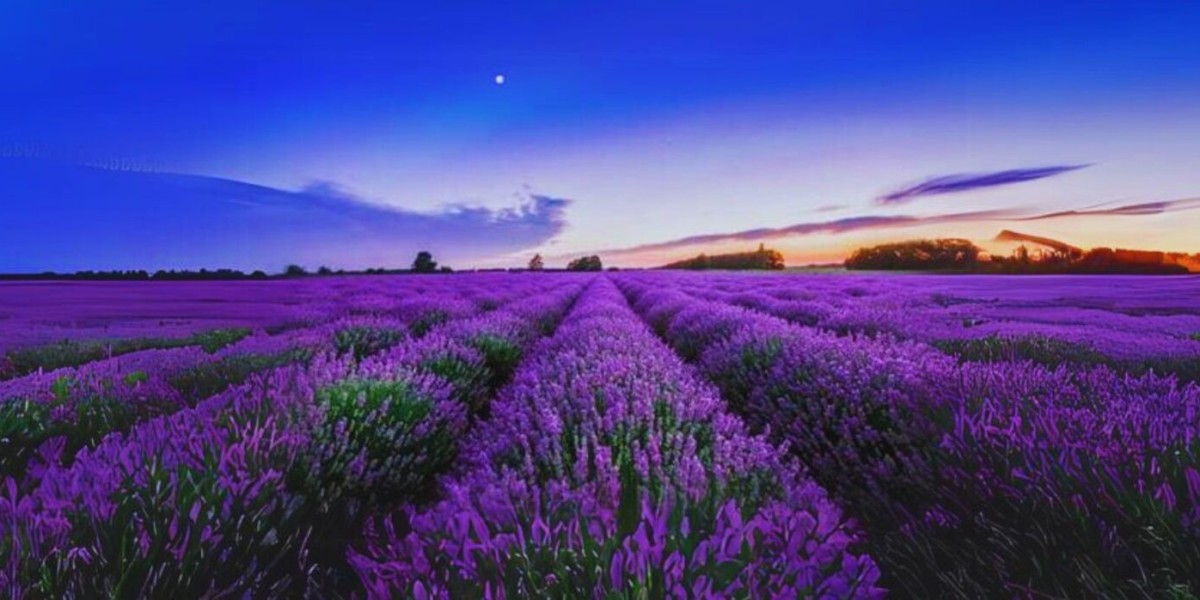Lavender is a beloved plant known for its fragrant blooms and versatility in both gardens and homes. With its striking purple flowers and calming scent, lavender is perfect for adding beauty and tranquility to any outdoor space. Here’s everything you need to know about growing and caring for lavender plants to ensure they thrive.
Choosing the Right Lavender Variety
Lavender comes in many varieties, with English, French, and Spanish lavender among the most popular. Each variety has unique qualities: English lavender is cold-hardy and excellent for fragrant sachets, while French and Spanish varieties offer beautiful ornamental flowers. Choosing the right type for your climate and desired use is the first step toward success.
Ideal Growing Conditions
Lavender thrives in full sun and well-drained soil. This Mediterranean plant loves warmth, so make sure it gets at least 6-8 hours of sunlight daily. Plant lavender in soil that drains well to prevent root rot; if your soil is clay-based, consider mixing in sand or gravel to improve drainage. Adding a bit of compost can also enhance soil quality.
Planting Lavender
When planting lavender, space plants about 12-18 inches apart to give them room to grow. They may start small, but they can expand over time, forming lush bushes. Lavender plants do well in both garden beds and containers, making them versatile for any garden design.
Steps for Planting:
- Dig a hole that’s slightly larger than the lavender’s root ball.
- Place the plant in the hole, keeping the top of the root ball level with the soil.
- Backfill the hole with soil, pressing it down gently to remove air pockets.
- Water thoroughly after planting to help establish roots.
Watering and Feeding
Lavender is drought-tolerant once established, so avoid overwatering. Water young plants deeply but infrequently, and allow the soil to dry out between waterings. During hotter months, container-grown lavender may need more frequent watering than garden-planted lavender. Avoid excessive fertilization, as it can lead to lush foliage but fewer flowers. A small amount of compost in spring can be beneficial.
Pruning for Health and Shape
Pruning helps lavender maintain its shape and encourages healthy growth. Trim the plant back in early spring or late summer, after the main flowering period, to prevent it from becoming woody. Remove about one-third of the plant, cutting above the woody stems to stimulate new growth and fuller blooms the next season.
Pest and Disease Prevention
Lavender is generally resistant to pests, thanks to its strong aroma, but it can occasionally attract aphids or spider mites. To deter these, ensure good airflow around the plants and avoid overwatering. Root rot can occur if the soil is too moist, so always check that drainage is adequate.
Harvesting and Using Lavender
Lavender blooms are perfect for crafts, cooking, and aromatherapy. Harvest lavender flowers when they’re in full bloom by cutting the stems just above the leaves. Hang them upside down in a dry, dark place to preserve their color and fragrance. Use dried lavender in sachets, oils, teas, or even baked goods for a natural touch of tranquility.
Winter Care for Lavender
In colder regions, protect lavender plants during winter by adding a layer of mulch around the base to insulate the roots. If you grow lavender in pots, consider bringing them indoors or placing them in a sheltered area during the coldest months.
Conclusion
Growing lavender plants can transform your garden with beauty, fragrance, and functionality. With the right care and attention, your lavender plants will thrive, providing you with blooms year after year. Follow these simple steps to create a stunning lavender display that will make your garden a peaceful, aromatic retreat.








